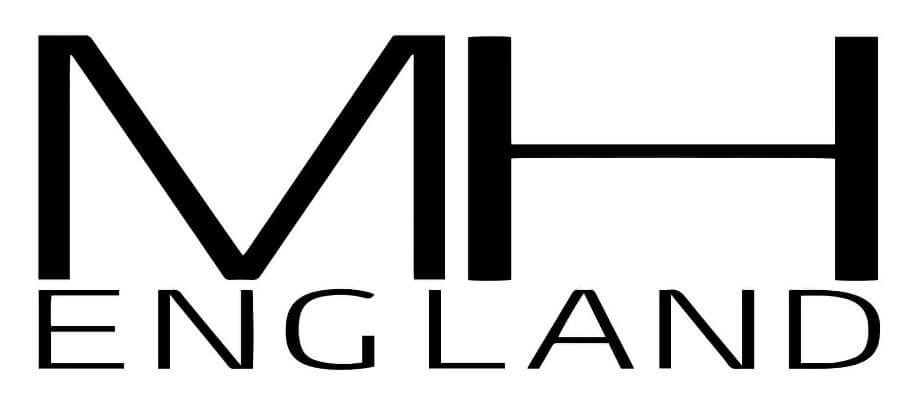Hats have been a staple in fashion for centuries, serving as both practical accessories and stylish statements. However, the influence of music icons on hat fashion has transformed these accessories into symbols of cultural movements, personal expression, and even rebellion. Music icons have continuously shaped and reshaped hat fashion from the roaring 20s jazz era to the rock ‘n’ roll rebellion of the 60s and the hip-hop revolution of the 90s. Our latest blog looks into the impact of various music icons on hat fashion, offering examples and discussing the broader cultural implications.
Jazz Era: The 1920s and 1930s
The jazz era saw the rise of iconic musicians like Louis Armstrong and Duke Ellington, whose influence extended beyond music to fashion. The popularity of fedoras and cloche hats marked the 1920s and 1930s.
Examples:
- Fedoras: Worn by men and women, fedoras became synonymous with jazz musicians’ suave and sophisticated style. Louis Armstrong often sported a fedora, which complemented his charismatic stage presence and became a part of his signature look.
- Cloche Hats: Popular among women, cloche hats were close-fitting and complemented the flapper style. Jazz singers like Billie Holiday often wore cloche hats, enhancing their glamorous yet rebellious image.


Rock’ n’ Roll: The 1950s and 1960s
The advent of rock ‘n’ roll brought a seismic shift in fashion, with hats playing a crucial role in the style of rock icons such as Elvis Presley and The Beatles.
Examples:
- Pompadour Hats: Inspired by Elvis Presley’s iconic hairstyle, pompadour hats became a fashion statement. Elvis’s influence was so profound that fans emulated his style, including his penchant for hats that accentuated his hairdo.
- Mod Hats: The Beatles popularised the mod style in the 1960s, which included various hats such as the pork pie hat and the flat cap. Their clean and stylish style became a global phenomenon, influencing fans to adopt similar headwear.
The Hip-Hop Revolution: The 1980s and 1990s
The hip-hop movement brought about a radical change in that fashion, with icons like Run-DMC, LL Cool J, and Tupac Shakur setting trends that have endured today.
Examples:
- Bucket Hats: LL Cool J popularised the bucket hat in the 1980s. His street-savvy style and its practical nature made it a staple in hip-hop fashion.
- Baseball Caps: Run-DMC made the Adidas tracksuit and baseball cap iconic. Their influence was so significant that the baseball cap became a symbol of hip-hop culture, worn with pride by fans and artists alike.
- Bandanas and Beanies: Tupac Shakur’s signature look often included a bandana or a beanie. These accessories became symbols of resistance and identity within the hip-hop community.







Modern Influence: The 2000s to Present
In recent years, artists like Pharrell Williams, Beyoncé, and Lady Gaga have continued influencing hat fashion, pushing the boundaries of creativity and expression.
Examples:
- Vivienne Westwood’s Mountain Hat: Pharrell Williams made a bold fashion statement with Vivienne Westwood’s oversized mountain hat at the 2014 Grammy Awards. This unconventional choice sparked a trend and demonstrated how music icons continue to influence hat fashion.
- Wide-Brimmed Hats: Beyoncé has often worn wide-brimmed hats, particularly during her “Formation” tour. Her fashion choices have inspired fans worldwide, making wide-brimmed hats a fashionable and powerful accessory.
- Futuristic and Avant-Garde Hats: Lady Gaga is known for her avant-garde fashion sense, which includes an array of unconventional hats. From sculptural pieces to futuristic designs, her influence has pushed the boundaries of hat fashion, encouraging a more experimental and artistic approach.
The influence of music icons on hat fashion is undeniable. From the jazz era to the modern day, musicians have used hats not only as fashion statements but also as symbols of cultural identity and personal expression. Whether it’s the sophisticated fedoras of the 1920s or the bold and creative hats of the 21st century, music icons will undoubtedly continue to shape and redefine hat fashion for years to come.
By examining these trends and their cultural significance, we understand how music and fashion are intertwined, influencing and inspiring the other in a dynamic and ever-evolving dance. So next time you put on a hat, remember—you might just be echoing the style of a music icon who changed the world.
